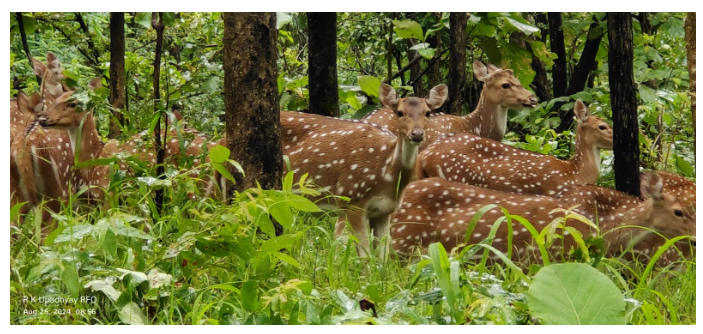29 Oct 2024 12:15:28 pm
Tags : Pench Tiger Reserve

Topic: Protected Forests
Why in the news?
Source: Deccan Chronicle
About Pench Tiger Reserve:
Spotted Deer:
0 Comments

© 2026 Catalyst IAS All Rights Reserved.